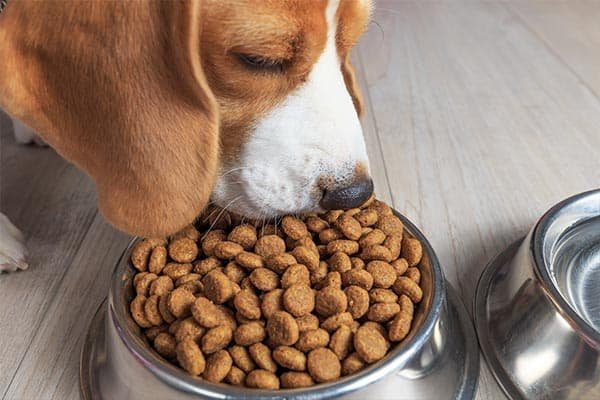As a pet parent, there are many responsibilities you have to think about for the welfare of your beloved fur baby. One of these tasks is ensuring your pet is well-fed, and the food they consume is filled with needed nutrients.
If you have decided to switch out your dog’s food to make your pet healthier and introduce some variety in their diet, here are some things to think about before ordering from your local pet store.
Why Should You Switch Your Dog’s Food?
Are you wondering whether you should switch your dog’s food? Below are common reasons why a transition to a new meal plan may be the best decision for your pup:
Age - Senior dogs need food rich in calcium and nutrients to help improve their bone strength and make their joints more flexible.
Health - Some dogs suffer from allergies, stomach problems, kidney disease, and diabetes. There are types of dog food designed for each of these issues.
Weight Issues - Dogs can suffer from obesity, and transitioning to other types of food will help them manage their weight properly.
Boredom - Sometimes, dogs get tired of eating the same thing over and over again, so providing some variety in what they eat might be helpful.
Why Should You Be Careful in Switching Dog Food?
A sudden change in food can be very stressful for your dog. As a result, they may stay away from their regular diet, vomit, produce loose stool, or have an unusual bowel movement for a few days.
If you are thinking of switching your dog’s food, it is important to contact your veterinarian first. You need to know the specific nutritional requirements of your dog so that your vet will recommend a good choice for your pet’s diet.
How Should You Switch the Food of Your Dog?
You should switch your pet to a different food within five to six days to help them adjust to their new diet. Your dog will encounter three separate stages, and here’s how each one is like:
1. New Food Introduction
Your pet might take one day before they warm up to new food, so the best move is to incorporate it slowly—provide ¼ of their latest food and ¾ of their current food. In best cases, there will be no changes in their digestion.
But for some dogs, their stool might be runny or softer in the first few days. If you can, give your pet digestive enzymes, prebiotics, and probiotics to help them improve their digestion.
2. Increase the Quantity of the New Food
At this stage, you can gradually change their food quantity and add more and more of the new one. You can go with a 50/50 ratio, then switch it to 75 percent new food with 25 percent of the old one.
Your dog might encounter a healing crisis, with symptoms like anal sac problems, lethargy, vomiting, diarrhea, itching, and dry skin. Call your vet right away if you notice these symptoms don’t disappear after twenty-four hours.
3. Make the Full Transition to the New Food
Once you’ve fully transitioned your pooch to their new food, you’ll notice some amazing benefits. You’ll see a decrease in tear stains, licking, itching, and eye gunk.
Additionally, you’ll see your pet become more excited during mealtime and have more energy throughout the day.
Final Thoughts
Switching your dog's food to improve their health and decrease symptoms of various problems will give your dog a better quality of life. You should consult with your veterinarian for advice on the best diet for your pet’s nutritional needs for best results.
If you’re looking for healthy pet food in Ann Arbor, Wags to Wiskers has an amazing selection for you. Our holistic pet store aims to offer an extensive selection of supplies for your pet’s needs, including healthy pet food for dogs, cats, and other household pets. Get in touch with us today to learn more about our products!




